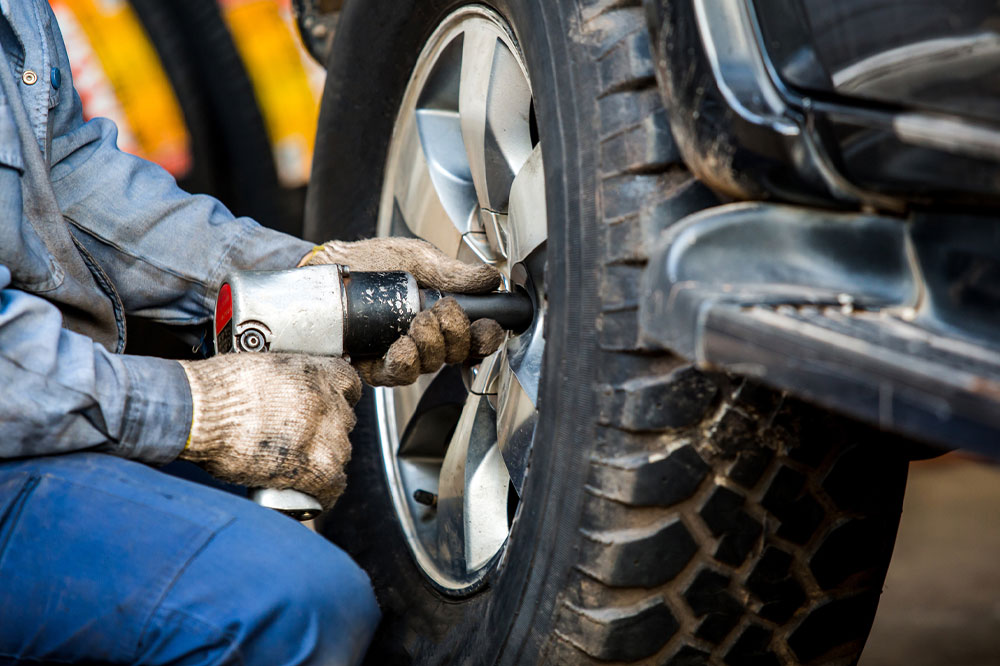Tips and Tricks to Start a DIY Auto Repair Project

A DIY auto repair project sounds like a lot of work, and while that’s true, it is also a fun activity for car enthusiasts. Besides, it is usually good to have some basic knowledge about the vehicle you own, and what better way to learn than work on DIY projects? However, there are some tips and tricks you must know when getting into some auto repair project, so read on further to learn these.
Find the right spot
A car project is no quick job; it needs time and patience. So, simply parking the car in your driveway and working on it will not cut it. Find the right spot for your car – a garage or the basement. If you don’t have the space, maybe a friend or kin can help you with the appropriate space. Weigh your options before committing to the job. While trying to answer these questions, also think of whether you have the time and resources to work on the car. This could take days, weeks, or months to repair. You do not need many specialized tools to do your DIY repair work, but just in case you believe otherwise, you can also speak to a nearby auto shop and ask to borrow some of the tools. They may ask for a deposit, but once you are done using them and return them in good condition, you can get your deposit back.
Put your research together
Now whether you are restoring your old car or working on a small problem with the new car, it is possible that someone has found a DIY solution to it. Thanks to the vast number of videos and tutorials online, you can easily find some answers on popular sites instead of going in completely clueless about the project. Also, there are some companies which offer repair manuals, so that may be a good place for you to start looking for information. If that is not enough, there are several mechanic forums available online which are likely to have advice on auto repair. Some may even ask for an access fee, but that’s nothing compared to the amount you will save by doing the repair job on your own. See what works well for you and go ahead with that option. Also social media today is also a great resource finder. Finding relevant groups on these social networking sites might help you a great deal.
Shop efficiently
One of the reasons why you chose to do a DIY project, apart from it being fun, is to save some cash. So shopping from the right place is absolutely crucial. Some things which may cost close to $500 at your local auto repair shop may be available for almost half the price online. When you are putting your research together, one of the things to put a database on also includes finding the right seller for the parts that you may need.
Once you’ve got your pre-action resource kit, that’s when you actually dive into the process.
Put labels and sticky notes
By this time, you have probably studied your car several times and already know where all the parts go, how they are positioned, and so on. But here’s the catch, this repair work will probably take weeks, and retaining all that information will be difficult. It is advised that you document your process with the help of videos or photos. This is crucial because when you do start to put things back together, you will need all the help you can get. These photos and videos with references and any commentary will help make sure everything is in order and no new issue crops up. You can even label the removed parts to know what is what. This may seem like a tedious task, but you’ll thank yourself later for this process.
Stay patient
A small mistake can potentially dismantle the whole project. There are many parts to making a car, and all these nuts and bolts need to be dismantled and put together carefully. Some excess pressure here and there can put them in a lock, which only a professional mechanic may be able to take out. Also, these small setbacks can easily set in fear in some people. That said, don’t let the machine overwhelm you. If you believe you can fix the problem and have done your due diligence, don’t give up on minor complications. Go back to your research, repair guide, videos, and even check with a trusted, experienced friend who can help you.
Diagnosing and repairing some issues
Here are some examples of how you may want to check for some issues:
Check for the engine light; you can buy the right tool, like an OBD-II scanner, which reads error codes, and can help you identify the underlying issue that is triggering the check engine light.
Pay specific attention to any unusual noises that you encounter. For example, if any part is rattling, grinding, or squealing, it needs immediate attention. These noises indicate a problem with the engine, the brakes, or even the suspension. Keep your eyes and ears open.
Common leaks to check would include an oil leak, brake fluid, or a coolant leak.
Another important hack to know is how to keep your headlight or taillight repaired. These are important for visibility and often can fuse out, so knowing how to fix them can be one of the first small wins for you. Same for other items like windshield replacement or fuse replacement.
Some crucial tools to keep on hand may include things like a socket set, torque wrench, multimeter, and a jack and jack stand.
Most of all, always be extra careful when working with tools, and if possible, have some company with you in case you are working on anything which may need two sets of hands; don’t be shy to ask for help!